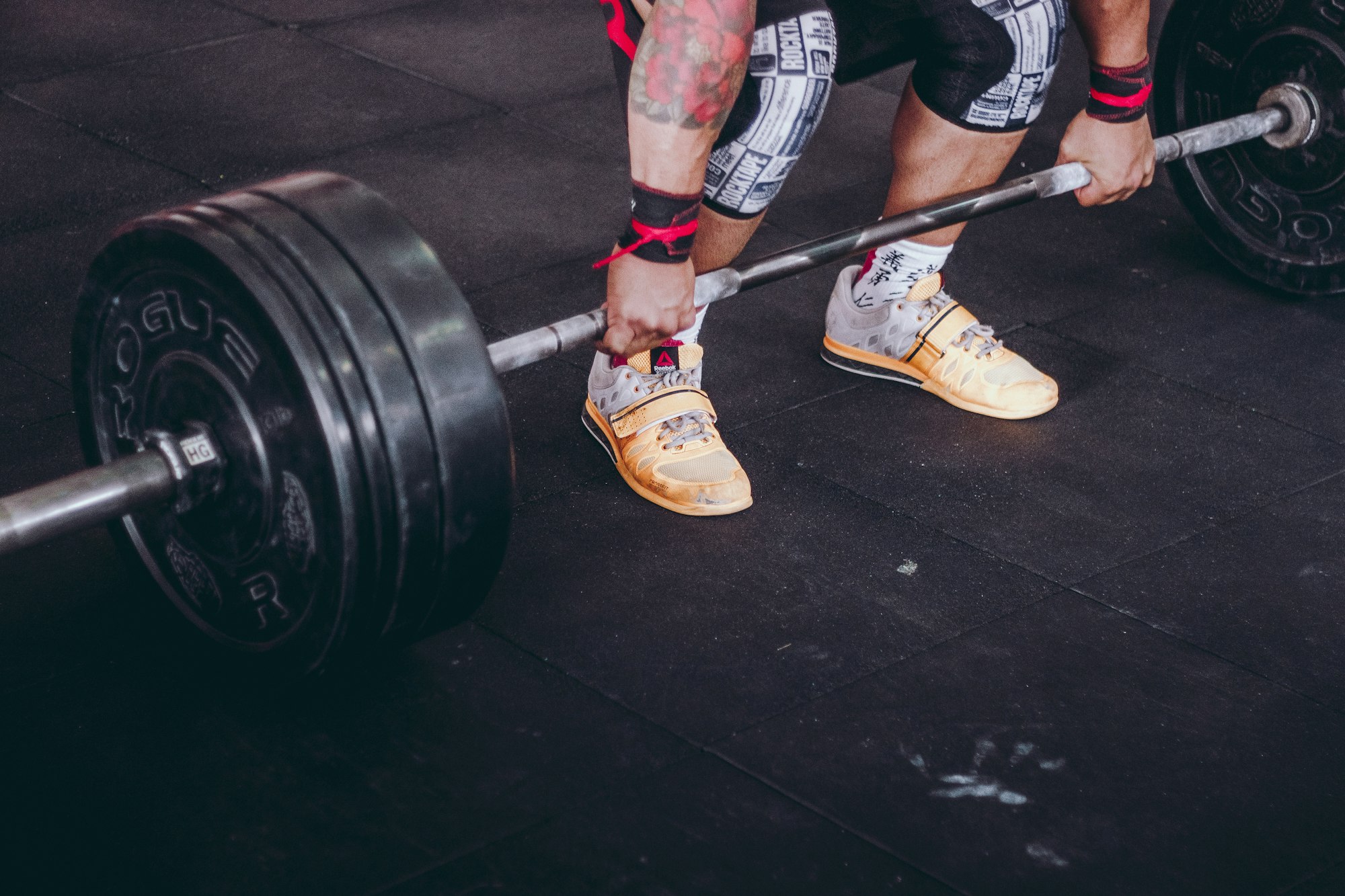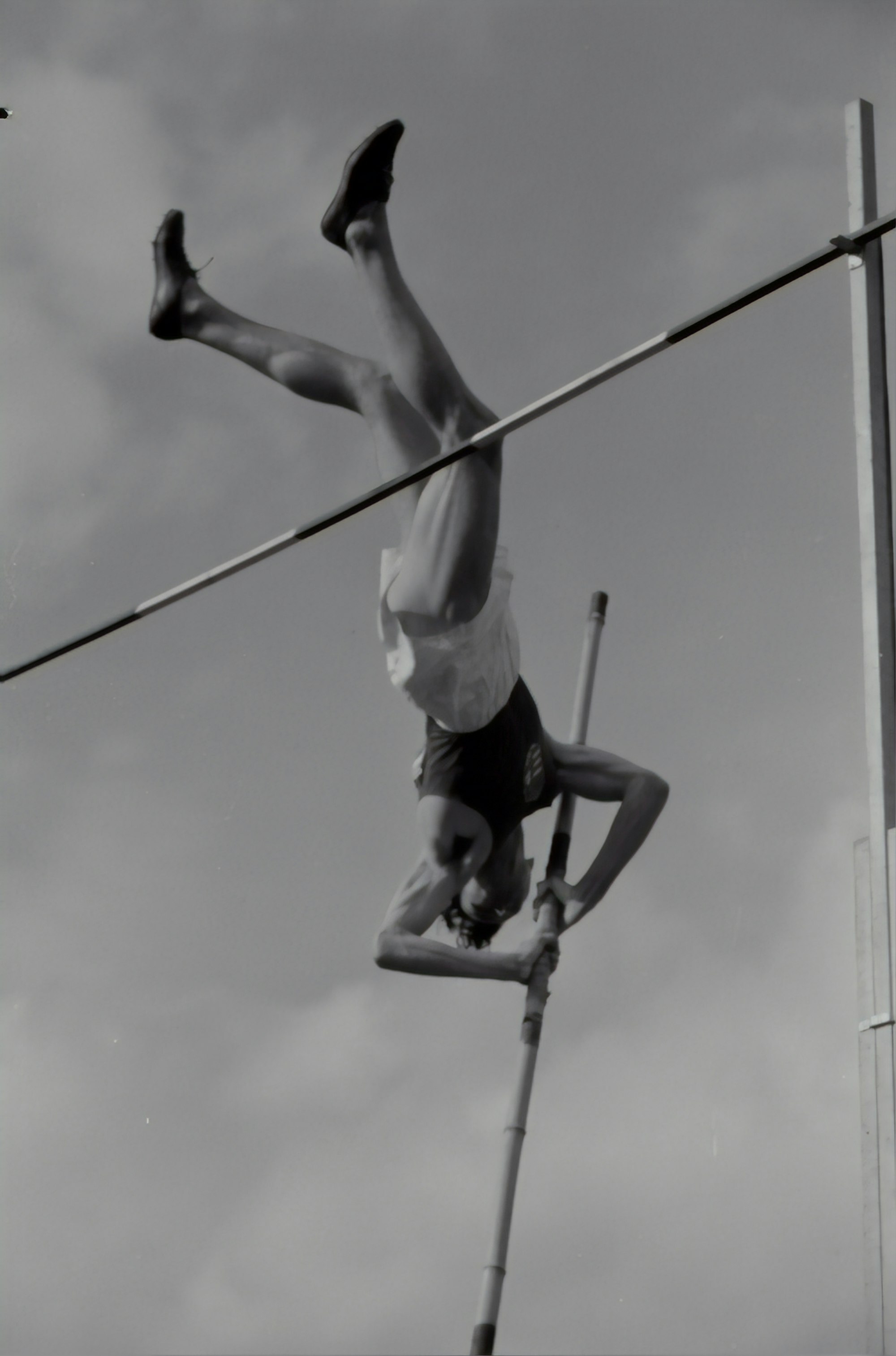Unable to finish a warmup
When you start training, when you start close to the bottom, your levels of fitness are low. Obviously. You might find it hard to get through a warmup or run 500 metres. Slowly, you build yourself up and get to a place where you have the energy to finish a workout strong. You finish a run and you don't feel like your legs resemble jelly.
Energetic throughout the day
At this stage, your fitness levels have improved exponentially from where you started. But your skill levels are still rather inadequate. Let's say a few months back, you could barely lift 10 kilos but today you are able to lift 20 kilos - that's a 100% improvement.
You feel empowered. Every workout you go to, you want to work yourself out. Coz you actually have the mental gear today which you didn't have a few weeks ago. And it feels good to push your body, to sweat it out. You feel this is a necessary part of the metamorphosis of becoming the new you.

You feel energetic throughout the day. In fact, if you don't get your workout in, you feel a bit sluggish the rest of the day.
Starting to get sluggish
But as you continue working yourself out, it stops feeling good after a few weeks. Your improvement slows down. Your energy levels drop during the day.
Do you work yourself harder? Or do you work yourself smarter?
Enter the concept of RPE or Rate of Perceived Exertion.
The Borg Rating of Perceived Exertion (RPE) is a way of measuring physical activity intensity level. Perceived exertion is how hard you feel like your body is working. It is based on the physical sensations a person experiences during physical activity, including increased heart rate, increased respiration or breathing rate, increased sweating, and muscle fatigue. Although this is a subjective measure, your exertion rating based on a 6 to 20 rating scale, may provide a fairly good estimate of your actual heart rate during physical activity (Borg, 1998).
Let's break it down
RPE is a subjective measure i.e. it is not objective. It is based on you. If you and I do the same amount of work, it does NOT mean we worked at the same RPE. Unless we have identical fitness levels. I could be at a 15/20 after running 1 kilometre while you are at a 12/20 on the Borg RPE scale.
There are various versions of this RPE scale. Let's simplify it for our benefit and look at it as a simple scale of 1 - 10, where 1 is akin to a relaxed walk and 10 is the maximal effort you are capable of (let's say Usain Bolt's world record-setting sprint.)
Let's go back to the previous examples. When you do a 10-minute warmup but find yourself unable to finish it coz your heart is in your mouth, that's a rather high RPE, say 9/10. Two months later, when you breeze through the warmup and are feeling ready to get into your workout after it, the same warmup is probably 6/10.
When I attempted to run 500 metres and felt unable to move coz my heart was hammering away and I couldn't draw a proper breath, my RPE was 9/10. One month later, running 500 metres felt like a 5/10. This doesn't mean every time I attempt to run 500m, it is a 5/10. Let's say I have the flu and I am recovering but not 100% and I attempt the 500m run. It might feel like an 8/10. Two days later, once I am fully recovered, it might be back at a 5/10.
How can you use this?
Remember, the scale is subjective and that's where its power is. It is subjective to you and how you feel and your fitness levels.
If you can train around an 8/10 every time you go to the gym, you are ahead of most people.
The point is not to attempt a 10/10 every single session.
There can and should definitely be recovery sessions that are much less on the RPE scale.
8/10 every day does not mean you keep lifting the same weights for the same reps daily. It does not mean you run the same distance at the same time. You can. But that's not the only method.
Let's use two different examples.
Example 1: Lifting weights
Let's say you can squat the 32 kg kettlebell for 5 reps and you absolutely cannot do it for a sixth rep. So, on the squat, 32 kg x 1 x 5 (lifting 32 kg bell for 1 set of 5 reps) is a 10/10 (or a 9/10, coz you probably can do this again after 10-15 minutes of rest).
So, what would lifting the 24 kg (75% of 32 kg) for 1 set of 5 be? Approximately 7/10.
And 16 kg for 1 set of 5 would approximately be 50%.

Using the typical light-medium-heavy model of lifting, here's how you can break it down. In this model, you lift heavy one day of the week, you go medium one day of the week and you have one light day. But can we be at 80% on all 3 days?
That could mean
- 32 kg x 1 x 4 reps. 4/5 = 80%, and so leaving 1 rep in the tank will mean we worked hard but are not draining the tank.
- 24 kg x 1 x 10 reps could be 80%. Or for 3 sets of 8.
- 16 kg for 3 sets of 15 or 5 sets of 10, for example, could be 80%.
So, even though your load is at 50%, you've changed the volume to adjust the amount of work you did to get the RPE to 80% for all 3 days.
You put in a solid amount of effort in each training session.
Now, why wouldn't you just lift the 32 kg every session? Coz you can put a lot more quality and improve technique when you lift the 16 kg. Amongst other things. We'll not dive deeper than this.
Example 2: Running
Let's say you can run a 5k in 50 minutes, and this is your 9/10.
So, you could break this down as
- running 5k in 55ish minutes is an 8/10 effort.
- running 2.5k in 25 minutes
- running 1k in 9 minutes, resting 5 minutes and repeating this.
You can see that there are many ways to skin the same thing and still put in a solid amount of effort.
Is 50% a waste of time?
Not at all. We need recovery sessions. There is definitely a time and space for all of these. If you are feeling burnt out a bit, physically or mentally, then pulling the RPE down for a few sessions or just working on your recovery will help you find it back. Think of it as getting the flu - you aren't gonna try to work at the same intensity with the flu as you would when you are feeling good.
In fact, plugging in the adequate number of recovery sessions is one of the biggest gaps in most people's training. Including my own.
Why 8/10
It is a solid amount of effort without draining the tank.
It is repeatable.
It leaves you wanting to do more.
It stresses your body enough and allows the process of recovering and getting stronger to kick in.
Do you never do a 10/10?
Of course, you must push yourself to a 9/10 and a 10/10. Occasionally. In lifting, your training cycle will lead to a session or a couple where you are approaching your previous maximum and you will lift a weight you've not lifted before. These are rather exciting times and well-deserved. But you should not be trying to do this in every session.
In our previous example, 4 weeks of squatting at 80% but using the 32 kg, the 24 kg, and the 16 kg, you decide to see what the most you can squat today is. You pick up the 32 kg and keep cranking out reps. And you are able to do 15.
So, 32 x 1 x 15 is your 9/10 now.

Or let's say you kept trying to lift more weight and you did the 40 kg for 7 and then the 48 kg for 5, 48 x 1 x 5 is your 9/10.
And you can recalibrate 80% of the other 3 days with the new benchmark you've set.
But when we aim for a 10/10 every single day, well, that's like asking Usain Bolt to run a sub-9.6-second 100-metre sprint daily. Not possible. And if it is not possible for Bolt, why do you think it makes sense for you?
Go home feeling stronger than you came in
As a simple rule of thumb, if you can work hard enough but always go home feeling stronger than you came in, you will keep making progress.
You have to do enough work to challenge yourself. But you have to gauge it just right so that you didn't go too much out of your comfort zone that it is gonna impair the rest of the day or the next training session.
It sounds complicated. And it is. But as you get used to training, to going based on how you feel, using your benchmarks, and utilising tools like a heart rate monitor etc, you get good at it.
So, how hard should you work out?
It depends.
You can go light or heavy but aim to work hard.
But not too hard.
Occasionally, push your limits. Once a month or a couple of times a quarter.
Occasionally, ease up.
Don't work yourself out all the time.
Don't sit in your comfort zone all the time.
Go home feeling stronger than you came in.
